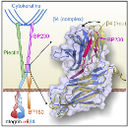
A research team from the Centro de Investigación del Cáncer of the Universidad de Salamanca has obtained a detailed 3D image of the union between two hemidesmosomal proteins. The structure of this complex has been unveiled using XALOC beamline techniques, at the ALBA Synchrotron. The results, published in “Structure”, provide insights to understand how these epithelial adhesion structures are formed.
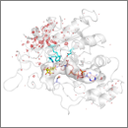
Synchrotron light has been used for the first time to simulate damages due to oxidative stress on the aldose reductase protein with the aim of obtaining its activated form. This form of the protein, related with some several diabetic complications, is insensitive to the drugs being developed, which hinders the treatment. ALBA researchers have shown that chemical changes suffered by the protein under oxidative stress are the cause of some drugs inefficacy in the attempt to block aldose reductase. The team of the Synchrotron suggests a new method for drugs design considering the changes in proteins under oxidative stress, like the ones involved in diseases such as cancer, Parkinson or Alzheimer.
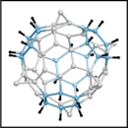
A research team from the IMDEA Nanociencia (Madrid) describes the first example of a non-porous dynamic crystalline fullerene C60 hexakis-adduct holding together by weak carbon-hydrogen van der Waals bonds interactions, also known as sticky fingers. Its dynamism allows single-crystal to single-crystal reaction by the inclusion of small molecules in smooth conditions, specifically in this work hydrazine molecules, allowing a toposelective hydrogenation of the buckyballs. The inclusion of the molecule has been illustrated by an X-ray single crystal diffraction performed at the ALBA Synchrotron, at the XALOC beamline.
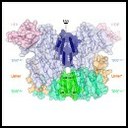
These results, published in Molecular Cell by a team from Biomedicine Institute of Valencia (IBV-CSIC), represent one step forward to unveil the communication systems among bacteriophages and their hosts. The structures of some molecules involved in these processes have been discovered in the XALOC beamline at the ALBA Synchrotron.
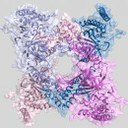
The three-dimensional structure of this enzyme has been obtained through synchrotron light from ALBA and has allowed the scientists from Universitat Autònoma de Barcelona to identify a new mechanism of regulation of an enzyme that controls the lifetime of cellular proteins. The study was published in the journal Nature Communications.




